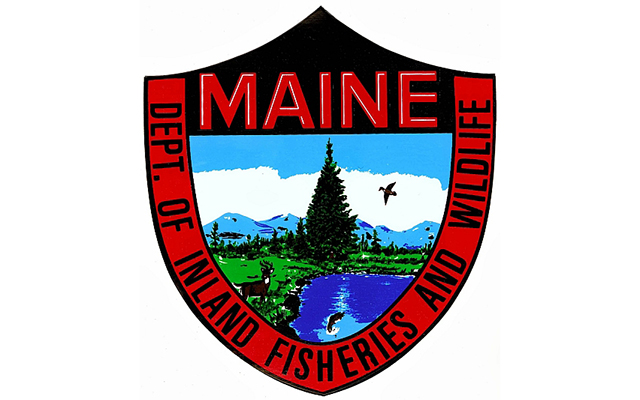AUGUSTA, Maine — Despite subzero temperatures and a raging blizzard, wildlife biologists with the Maine Department of Inland Fisheries and Wildlife and a helicopter-based aerial crew located, captured and collared 83 moose in recent weeks in northern and western Maine.
This is the fifth year of the Maine Moose Study, which is providing important insight into what impacts moose reproduction and survival. The research focuses on moose calves and adult female moose in a study area in northern Maine east of the Allagash River and another study area located between Jackman and Moosehead Lake.
“The crews had no problems locating moose to collar. In fact, on one day in between Jackman and Moosehead, they captured and collared 21 moose,” said Lee Kantar, MDIFW’s moose biologist.
There are some preliminary results appearing in the study.
“There are trends that are emerging,” said Kantar. “For instance, survival rates for moose calves and adults in northern Maine, and adult moose in western Maine, are very high. However, calves in western Maine have a low survival rate.”
In fact, survival rates for adult moose in both study areas average 86 percent, and for calves in northern Maine, it is 64 percent. However, survival rates drop to 35 percent for calves in western Maine. The survival rates for the adults in both study areas and the calves in northern Maine are consistent with survival rates determined by research in other states.
“Over the past four years, we have captured over 375 moose,” said Kantar, “It has given us unprecedented insight into moose survival and reproduction in the east.”
Currently there are 165 active collars on moose in Maine, including 51 adults and 35 calves in northern Maine, and 46 adults and 33 calves in the western study area.
“Once the moose is captured, the crew attaches a GPS collar and ear tags, collects a blood, hair and fecal sample, conducts a tick count and weighs the animal,” said Lee Kantar, “The entire process takes between 10 and 12 minutes. We don’t have to sedate the animal, and the moose is released unharmed.”
Along with the field data that is collected concerning survival and reproduction, lab results gleaned from examinations and necropsies of dead moose have revealed clues about challenges impacting Maine’s moose population.
“Anemia, due to blood loss caused by an excessive number of winter ticks, is the leading cause of mortality for moose calves,” said Kantar.
The GPS-enabled collars transmit locations twice per day, providing biologists the ability to track moose movements. A collar will transmit location signals for four years. If there is no movement for a certain period of time, the collar transmits a mortality signal, and biologists then travel overland to investigate the cause of death.
“Once we receive a mortality signal, we locate the dead moose within 24 hours,” said Kantar. Biologists conduct an extensive field necropsy on each moose, taking blood, tissue and fecal samples that will later be analyzed by the University of Maine-Animal Health Lab as well as other specialized diagnostic facilities.
The radio collar study is just one component of the research that IFW conducts on moose.
IFW also utilizes aerial flights to assess population abundance and the composition of the moose herd. During the moose hunting season, biologists also examine teeth to determine a moose’s age, measure antler spread, monitor the number of ticks a moose carries, and examine cow ovaries in late fall to determine reproductive rates.
New Hampshire and Vermont are conducting similar studies. All three states are sharing information, which will provide biologists insights into moose survival in a variety of habitats, environmental conditions and moose densities.
IFW contracted with Native Range Capture Services out of Elko, Nevada, to capture and collar the moose. Funding for the study comes from a federal Pittman-Robertson grant (funded by the sale of hunting equipment) and the state’s dedicated moose fund (funded through sale of non-resident moose applications and permits).





